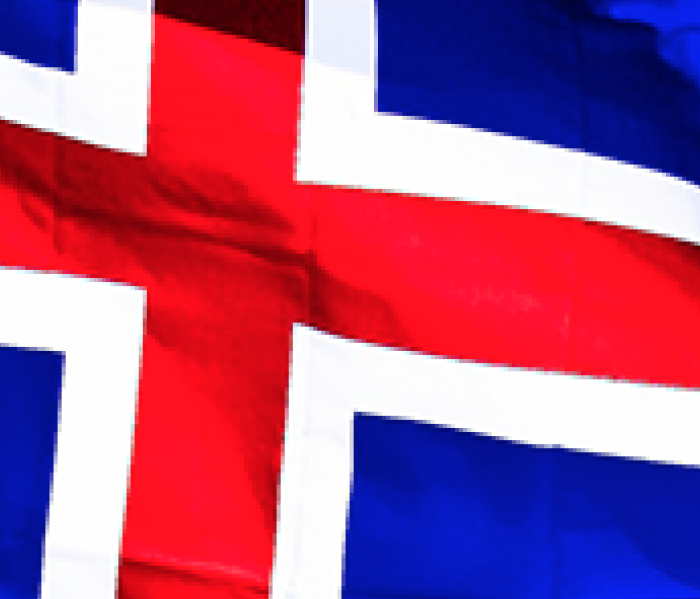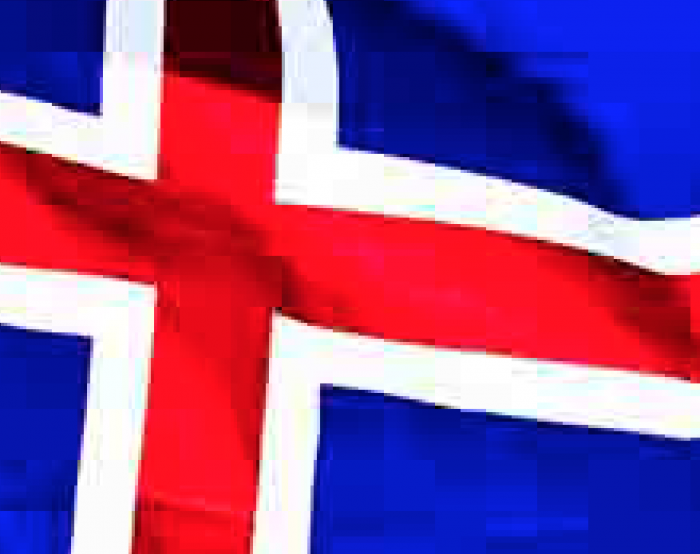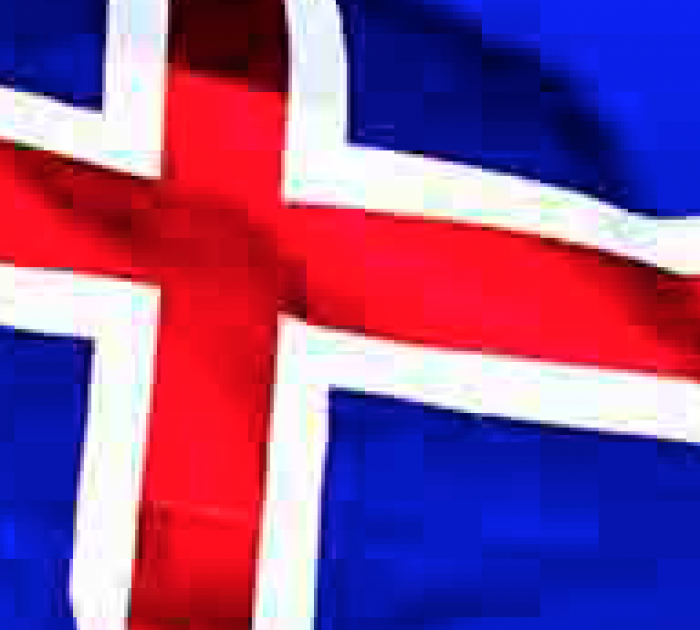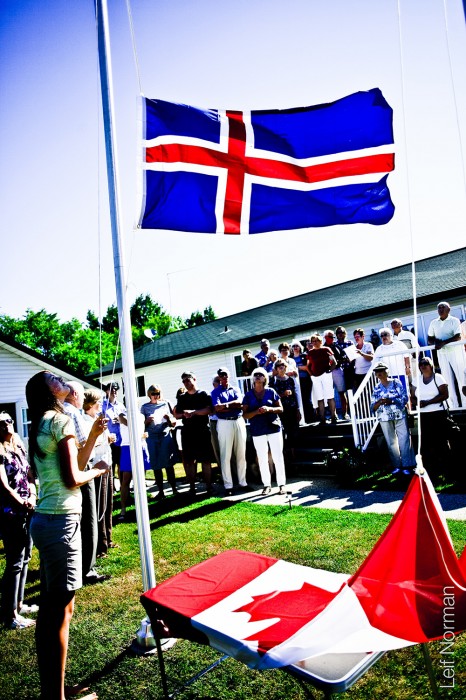Just because a Digital File has many megabytes, does not mean it has many pixels.
The two ideas are related, but are not totally linked.
A digital camera taking 21 megapixel jpeg files will produce a 10mb file if it is of a tree in winter.
A smooth lake and clear sky will produce a 3mb file from the same camera,
but both files will have the same number of pixels.
The Pixels in an image is what is important;
NOT the megabytes and NOT the DPI. (Dots Per Inch)
I have been told, by people who do not understand this phenomenon, that the 3mb file could not possibly be a high quality, full sized digital file because it is not big enough (in megabytes) to post online.
But the file they are referring to is 4160 by 6240 pixels and is overly large for internet uses.
Before digital cameras arrived in the early 2000’s the size of a photograph used to be a simple concept.
The negatives were 35mm film (35mm x 24mm)
or 6cm by 6cm square Medium Format film from a Twin Lens Reflex camera.
Or Large Format, which could have 4 x 5 inch sheet film, 5×7, 8×10 or possibly larger.
The larger the negative, the higher the quality of a print could be gained from it.
This is one of the reasons why landscape and architectural photographers would use large cameras.

A 35mm small format film negative starts to break down if enlarged beyond 8×10 inches, but looks nice and crispy at 4×6.
A medium format neg will give you a nice 11 x 17 inch print and large format will give you great prints up to 16×20 and also stunning contact prints (…where there is no enlarging at all. The neg is placed directly on the photo paper and a print is made without passing the image through an enlarging lens. This makes the highest quality film prints.)
By the way, a 35mm colour transparent slide will give the most information when scanned at 3600 dpi. This is approximately 11.3 megapixels. Scanning at 4800 dpi, 25.3 megapixels, does not yield a sharper image.
This is what I have found with my Epson V600 Photo scanner. It is a fairly high quality scanner, but maybe other scanners might get more detail out of a 35mm slide.
With digital photography being inherently connected with computers and bytes and hard drives, what is considered large and small has become confused.
If I was to say to you that Paris is ten minutes away from London you might raise an eyebrow at me.
How far away is Paris?
About ten minutes; in an F-14 Tomcat Supersonic Fighter Jet.
How far away is London?
About a week, if you walk from Paris and row your own boat across the channel and then walk from Brighton.
Distance and time have become conflated in our language.
conflate |kənˈflāt|verb [ with obj. ]combine (two or more texts, ideas, etc.) into one: the urban crisis conflates a number of different economic and social issues.
If you were talking to someone who had no idea how far away Lumby was from Nakusp, then telling them it was about an hour would be of little help.
The data is missing. How are you getting there?
Are they riding a bike, hitch hiking, or driving?
If the answer was a firm 168 kilometres then everyone could make use of the information whether they were riding a unicycle or a Military Tank.
In digital land, saying the quality of a photograph must be at least 10 megabytes is the same type of nonsense as the Paris to London analogy above.
Size measured in megabytes has nothing to do with size measured in actual kilometres, I mean pixels, and that is the true measure of digital photo quality.
A photo in a jpg format coming directly out of a 21 megapixel camera might be from 2MB, 5MB or 10MB, depending on the subject matter.
As I have said above; trees have lots of little twiggy bits and will make a bigger file than a smooth lake, so right there we run into a problem.
The size of the file has nothing to do with the “quality” of the image.
The photo might be of a lace table cloth or a single cloud in the sky and they would be of drastically different file sizes even though they were shot with the same camera onto the same memory card and with all the same settings.
 A portrait with a white background is 1.8 MB right out of the camera.
A portrait with a white background is 1.8 MB right out of the camera.
A busy scene with lots of clutter is 7.6 MB.

But both files are 21 megapixels; 5616 x 3477 pixels.
The exact same scene photographed at Large (21 megapixels) with at higher and lower compressions yields jpg files of 5.8 megabytes and 2.7 megabytes respectively. This is the setting in the camera where you can tell it to compress the jpgs a bit or hardly at all. Does it really make a difference? Not to me.
The two images when inspected at a pixel level zoom in do not display much difference at all. Go ahead. Try it for yourself.
The smaller file size jpg has a hint more digital noise but is hardly noticeable.
Experiment time!
The same portrait with a white background that was 1.8 MB directly out of the camera was imported into Lightroom 4, had some definition and sharpness added, and then exported at %80 %90 and %100 JPEG quality.
What did it do to the file size in megabytes?
The files produced were 1.9MB, 2.9MB and 4.5MB. Remember, all three files still have the same number of pixels.
The file was then exported to Photoshop directly out of Lightroom with Lightroom adjustments added and then re-saved at 12 out of 12 JPEG quality option. It produced a 4.3 MB file. Hmmm…
When it was exported as a tiff it made a 63 MB file.
Yikes! Where did all that extra “quality” come from?
Nowhere. It still has the same 5616 x 3477 pixel size but for some reason it padded the file out to 63 MB. What is it? Digital fluff? The file is not going to look any better if you print it out just because 63 is a larger number than 4.3. TIFFs are bunk. People are getting fooled.
There is not much difference between them when looked at very closely. So why are there so many different file sizes even though all files were 5616 x 3477 pixels? I’m not sure. Perhaps an encoding specialist could tell me.
So, the only true measure of “quality” of a digital file is pixel count. How many do you have on the X and Y axis? The next question would be about jpg compression; and only then might you glance at the file size. 1 mb or 500kb or 5 mb are useless numbers unless you know something about the first two parameters.



